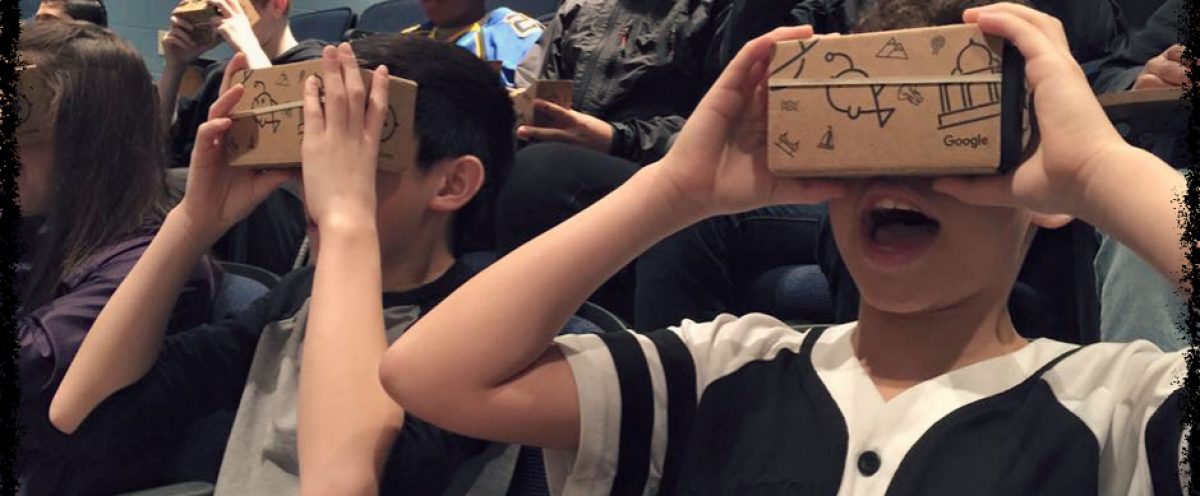John Hattie’s organization, Visible Learning, has synthesized findings from over 1600 meta-analyses of over 95,000 studies, involving 300 million students. This is not an inconsequential body of work. They have published a document called ‘250+ Influences on Student Achievement.’
A score of .40 is considered a ‘hinge point’. That is, anything above a score of .40, has a positive impact on kids’ achievement. Doing virtually anything will have an impact, but the idea is to find that which has the biggest bang for the buck.
There are some very negative things on the list. For example, retention. Holding a kid back has a score of -.32. Yes…a negative score. Another negative whomper is boredom. -.47. Ouch. Depression checks in a -.26 and anxiety at -.44. I bet 5 bucks that absolutely no one is surprised by the fact that these items have a negative impact on kids’ achievement.
On the flip side, there are some things that really work to help kids. In the teacher area, number one is ‘teacher estimates of achievement’, with a score of 1.29. That is huge. How a teacher thinks a kid is going to do. Remember, .40 is the hinge point. RTI, for example, has a score of 1.09. One of the reasons we do RTI things.
The number one thing we can do, in the area of ‘school’ is Collective Teacher Efficacy. Score of 1.39. The biggest impact item of the 250+ items. And it’s something over which we have control. Something we can do.

Collective Teacher Efficacy “refers to educators’ shared beliefs that through their combined efforts they can positively influence student outcomes, including outcomes for those who are disengaged, unmotivated, and/or disadvantaged. When educators share the belief that they can influence student achievement, regardless of some of the difficult circumstances faced in schools today, the results can be very powerful. In fact, research shows that collective efficacy matters more in relation to increasing student achievement than the neighborhoods where students come from and their level of income.” (Donohoo/Katz, 2019). “Collective teacher efficacy proved greater than three times more predicative of student achievement as SES, double the effect of prior achievement, and more than triple the effect of home environment, and parental involvement.”
We recently asked our principals this tough question. “Do you think the teachers in your school believe that, through their combined efforts, they can overcome just about anything going on in a kid’s life?” If the answer is yes, they likely have collective teacher efficacy.
If we start a sentence with, “Kids these days,” or “Man, the kids we have now, whew, they are different and have more needs than when I started,” as reasons kids can’t achieve at higher levels, the sense of efficacy is gone. The belief is not there. “Teams who lack collective efficacy become preoccupied by constraints, show significant reduction in the goals they set, and lower their efforts.” The statement, ‘kids are different or have different needs’ very well may be true. But they’re the kids. We’re the professionals. It’s our job to make changes, to do something different. It’s not the kid’s job to adjust to our needs. It’s our job to adjust to his/her needs. One place to start is our beliefs. Beliefs about how a kid can do. Or beliefs about what we can do.
We are working on collective teacher efficacy, starting with our building leaders, starting with a crystal clear understanding of its definition. What it is and what it is not. It is not just sharing beliefs. It is not working together collaboratively. Both good things, but not collective teacher efficacy. Another definition of what it is, “The judgements of teachers in a school that the faculty as a whole can organize and execute the courses of action required to have a positive impact on students.” (Goddard, Hoy, and Woolfolk, 2004)
We talk about and work on 3 things in our district.
- Our districtwide strategic goals (Academic Excellence, Transition Readiness, Parent/Family/Community Engagement, and High Quality Work Force)
- CEL 5D+ Instructional Framework
- Collective Teacher Efficacy
These 3 things overlap, mesh, weave, intersect, layer, and so on each other all over the place. A rich and fertile ground for growth, learning, conversation, and challenge.
We know what works for kids. We know what doesn’t. We can control what we can control. Let’s continue to work on the shared belief that through our combined efforts as educators, we can overcome just about anything going on in a kid’s life, and positively influence student outcomes.
It works.






